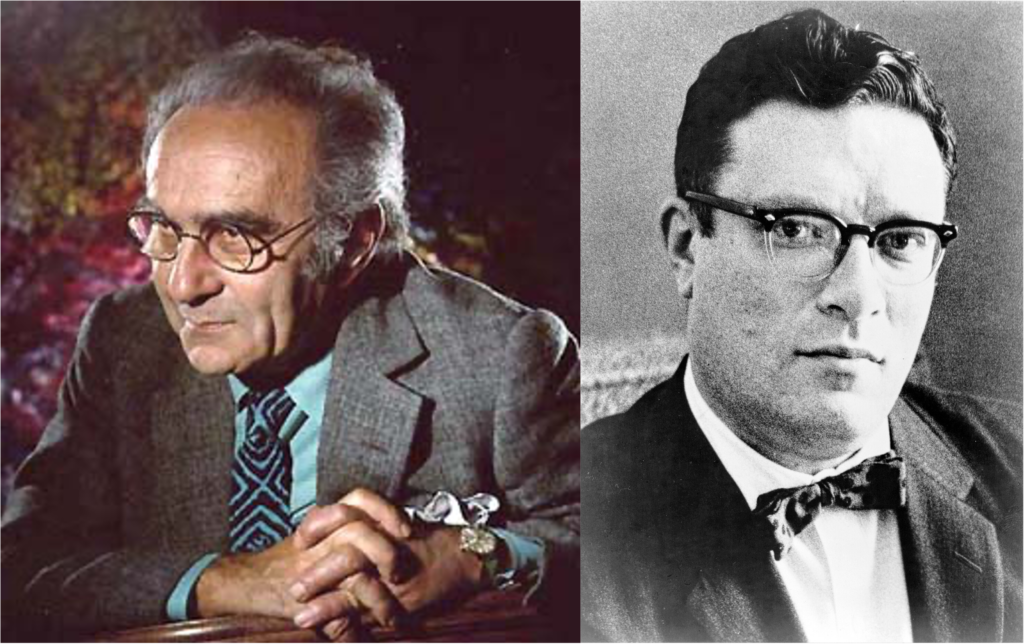by Ashutosh Jogalekar

There are two kinds of science writers which I will call “artists” and “craftsmen”. Since I might face the opprobrium of both groups by attaching these labels to them, and especially because the two categories may overlap considerably, let me elaborate a little. Artists are big on literary science writing; craftsmen are big on explanatory science writing. Artists write beautiful prose; craftsmen write clear prose. Artists write relatively few books and are likely to win big book awards like the Pulitzer Prize; craftsmen are content to be merely prolific, often writing dozens or even hundreds of books.
Let me quote from a master craftsman of the trade to put the discussion into context. Isaac Asimov who wrote more than 500 books, seemingly on every subject conceivable, had the following to say about his writing style:
“I made up my mind long ago to follow one cardinal rule in all my writing—to be ‘clear’. I have given up all thought of writing poetically or symbolically or experimentally, or in any of the other modes that might (if I were good enough) get me a Pulitzer prize. I would write merely clearly and in this way establish a warm relationship between myself and my readers, and the professional critics—Well, they can do whatever they wish.”
Asimov wasn’t just a great science fiction writer but a great science writer. He was known as “The Great Explainer” for his ability to explain complex, sweeping scientific topics to laypeople. But Asimov’s quote above also illustrates a central dilemma of science writing. That dilemma was best captured by the physicist Paul Dirac when he expressed puzzlement to Robert Oppenheimer who he had befriended while the two were researchers at the University of Göttingen in the 1920s. Oppenheimer, a man with broad interests across science and the humanities, studied both physics and poetry. Befuddled, Dirac once asked him, “Oppenheimer, they tell me you are writing poetry. I do not see how a man can work on the frontiers of physics and write poetry at the same time. In science you want to say something that nobody knew before, in words which everyone can understand. In poetry it seems to be the opposite”. Dirac had a point. In science a tiger is a striped mammal and an apex predator. In poetry a tiger is a “tyger”, with an “immortal hand or eye framing thy symmetry”. Read more »
